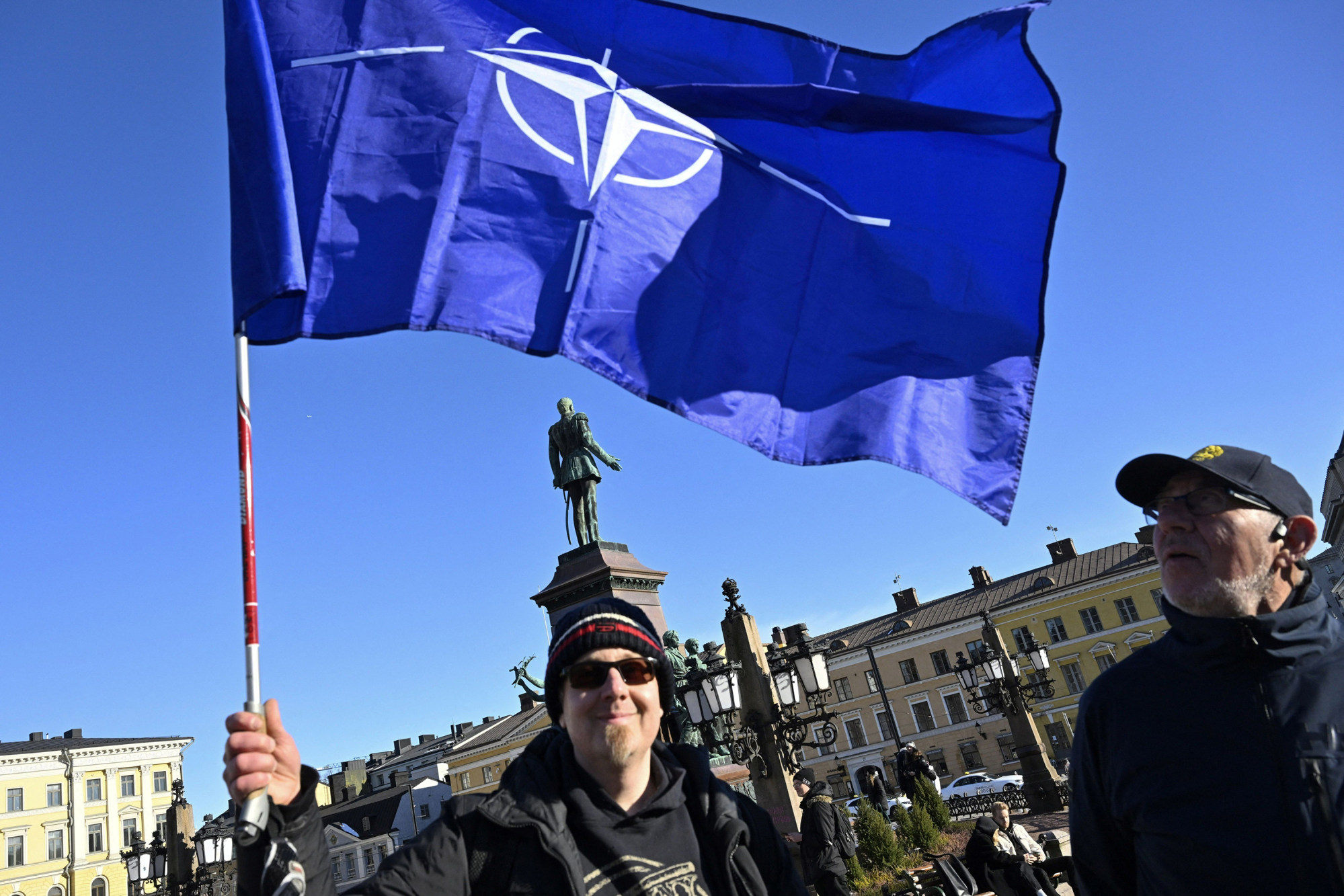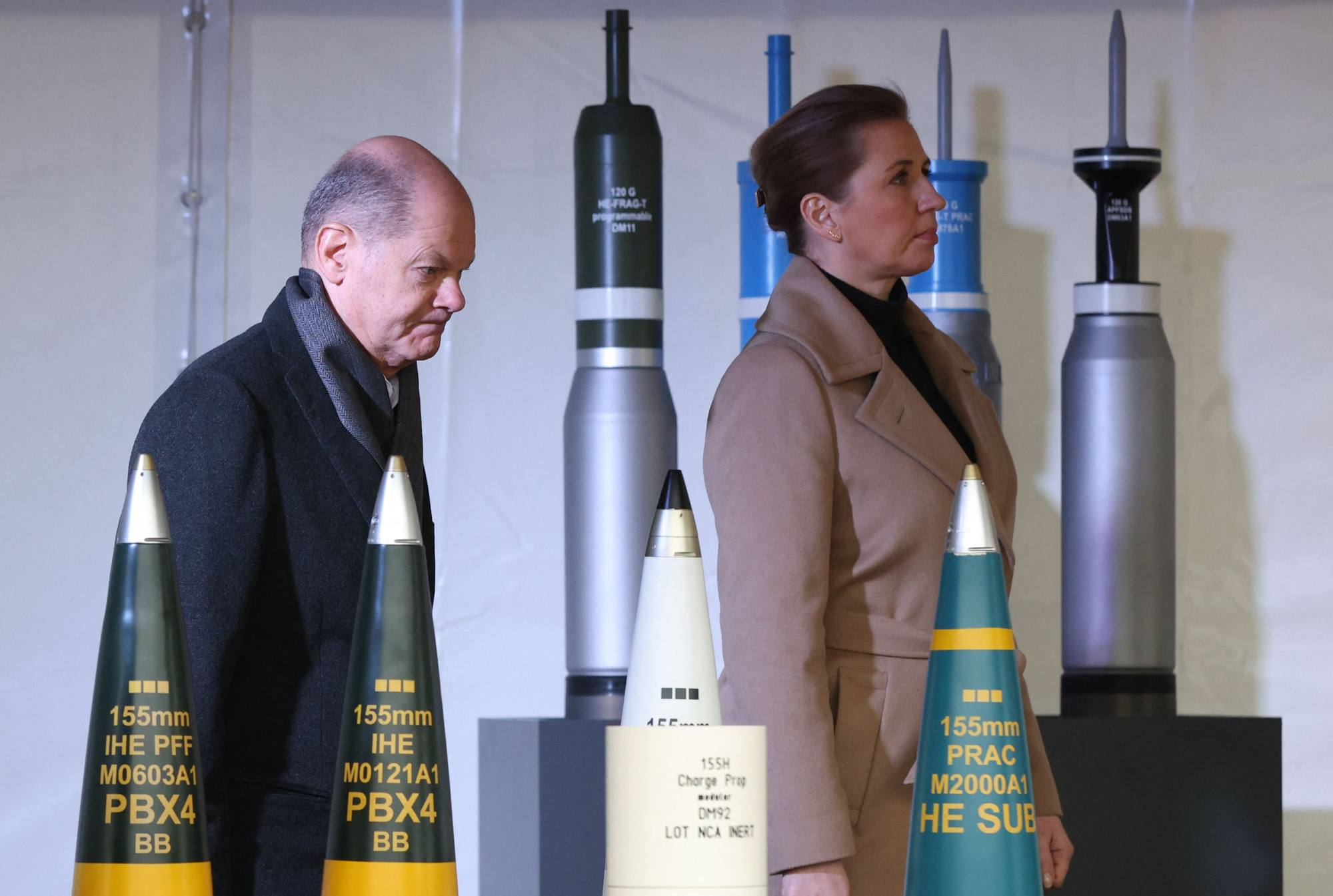The geopolitical landscape has changed significantly since the meeting of Nato defence ministers in October 2023. With global attention and military aid shifting towards the conflict in the Middle East, Ukraine has arguably lost its priority status in the eyes of the Western world.
Nato’s attempts to isolate Russia through sanctions have failed to bring a just resolution to the war. Last October, the International Monetary Fund lowered its gross domestic product forecast for Russia to 1.1 per cent but its most recent forecast, announced in the days leading up to the Nato defence ministers’ meeting in Brussels on February 15, predicted GDP growth of 2.6 per cent, the largest upgrade for any country featured in the World Economic Outlook.
This economic resilience now poses a more significant threat to Ukraine’s chances of recovering its lost territory as Russian President Vladimir Putin can fund his war chest, prolonging the conflict and testing Western capitals’ commitment to Kyiv.
However, Nato’s war drums continue to sound, with Secretary General Jens Stoltenberg stating in an interview with a German newspaper on February 10 that the confrontation with Russia “could last decades” and that “if Putin wins in Ukraine, there is no guarantee that Russian aggression will not spread to other countries”.
Although Stoltenberg has said no imminent threat exists against Nato and that Nato does not seek war with Russia, it has strengthened its presence in the east and is ramping up munition production.
Further, Denmark’s defence minister warned on February 9 that Russia could attack a Nato member in three to five years, while the German defence minister said in January that Russia could attack a Nato member in five to eight years.

Stoltenberg, like other Western officials, has failed to grasp that Nato’s presence in the eastern sector is what triggered Moscow to launch its “special operation” in the first place, with the aim of neutralising Nato’s expansion towards its borders and maintaining a buffer zone.
Putin has been very explicit on the reasons for launching such a devastating war. But as calculating as the former KGB agent is, he would not strike another European country just for the sake of it, as it would trigger Article 5 of the Nato charter and a war that Russia could fight but not be able to sustain.
Defence spending’s rising importance leaves Nato members in a dilemma
Defence spending’s rising importance leaves Nato members in a dilemma
These same challenges would also occur if Putin decided to spread the war beyond the borders of Ukraine. In any case, the evidence suggests that, contrary to the sabre-rattling by European defence ministers, Russia is waging war to prevent the country from being incorporated into the Western command structure and establish modern Russia’s military presence, which has been absent since the end of the Cold War.

Nato has a munitions problem as well. The EU had promised to deliver 1 million artillery shells to Ukraine by March. However, it has only been able to send 52 per cent of the promised supply due to the limited capacity of the industrial base, despite an increase of 40 per cent since the start of the war.
To support the European defence industry and replenish their own inventory, Stoltenberg is using fear tactics by emphasising the potential danger of Russia invading again.
The efforts to supply the Ukrainian armed forces have exposed large gaps in Europe’s readiness for large-scale conflict, as they are lacking munition stockpiles as well as the industrial base required to refill inventories.
With Washington’s expansive commitment to conflicts throughout the world, Europe cannot rely solely on the US to save it, especially as Russia’s economy surges. Nato should use diplomacy rather than fear to end the conflict rather than inflate it.
Sameed Basha is a defence and political analyst with a master’s degree in international relations from Deakin University, Australia

